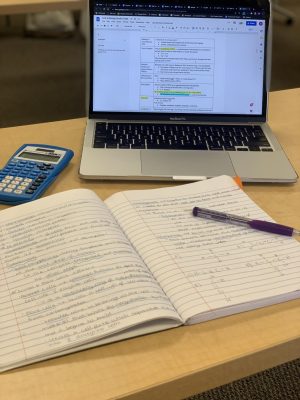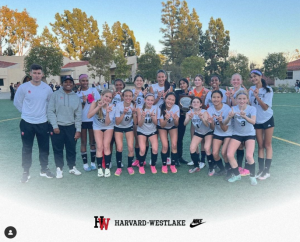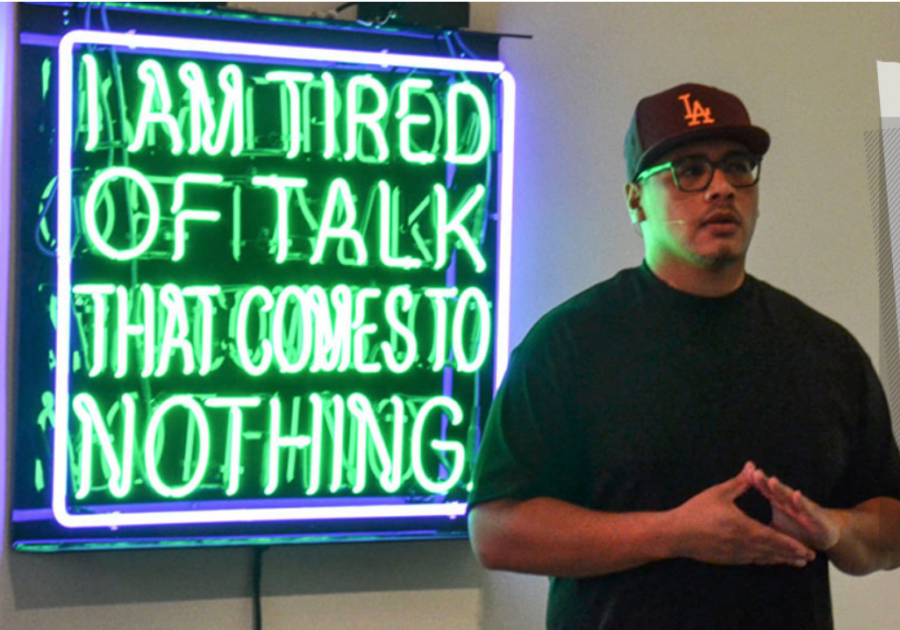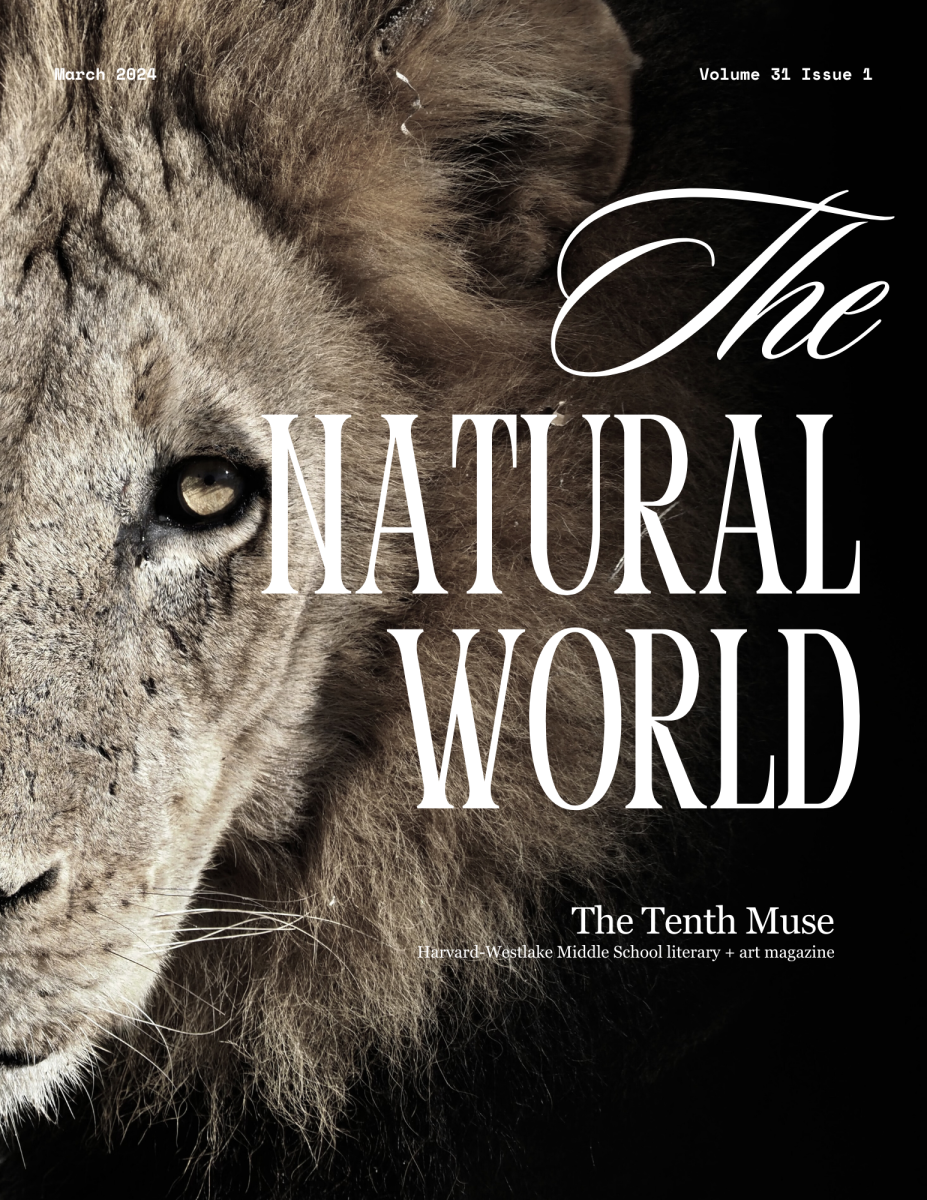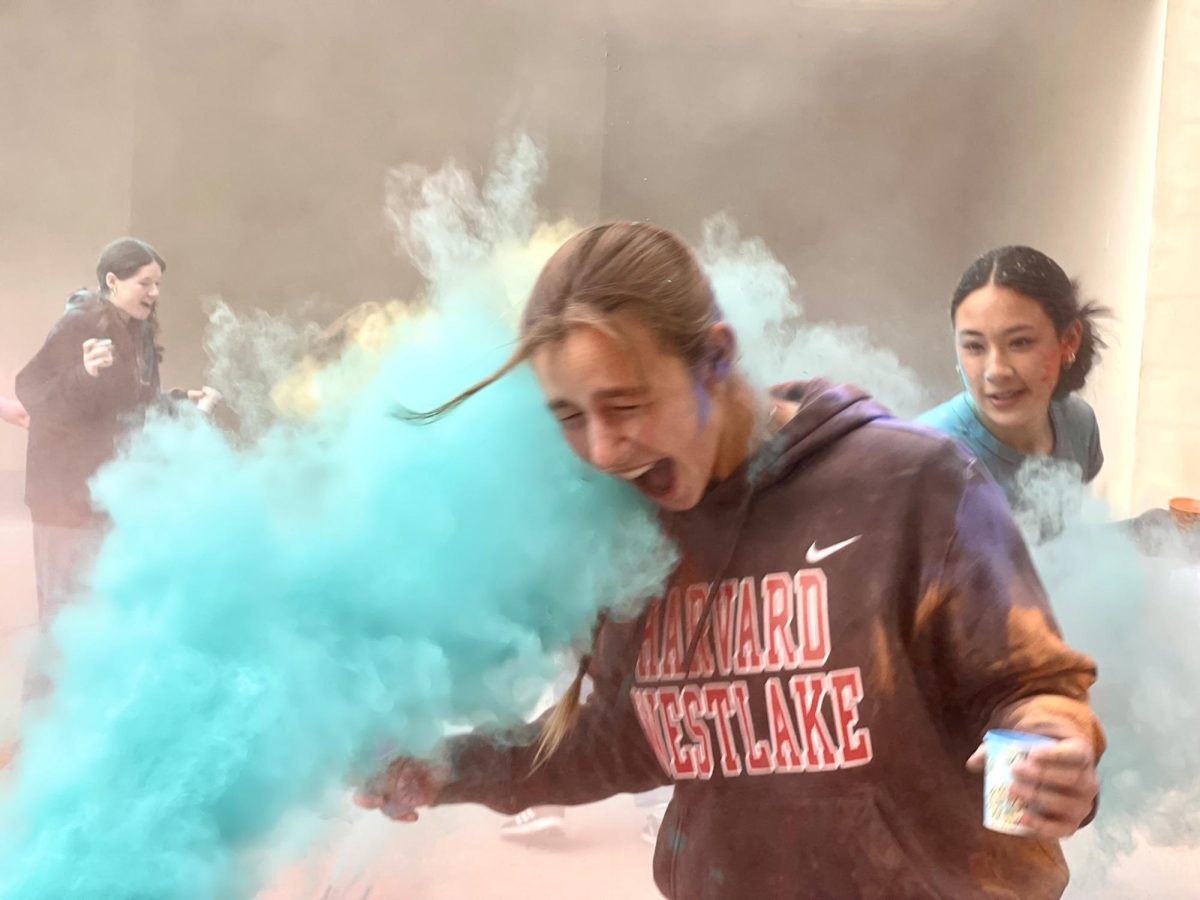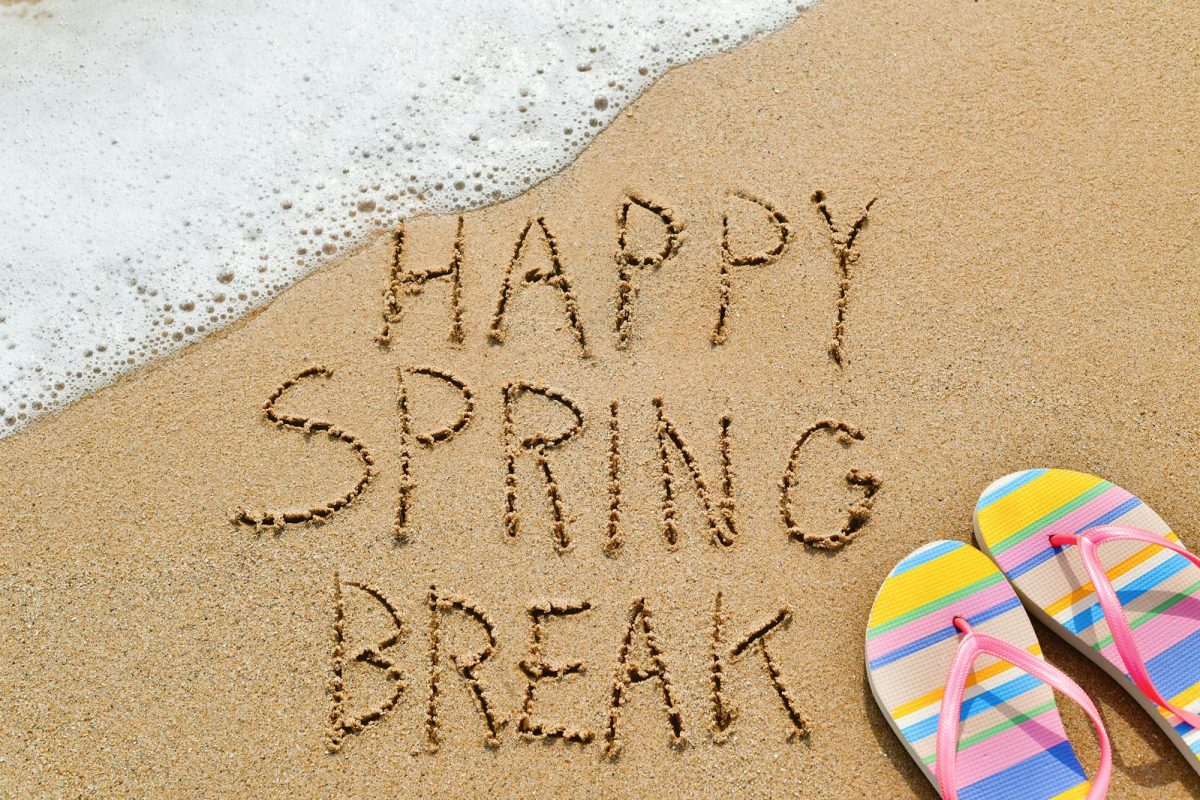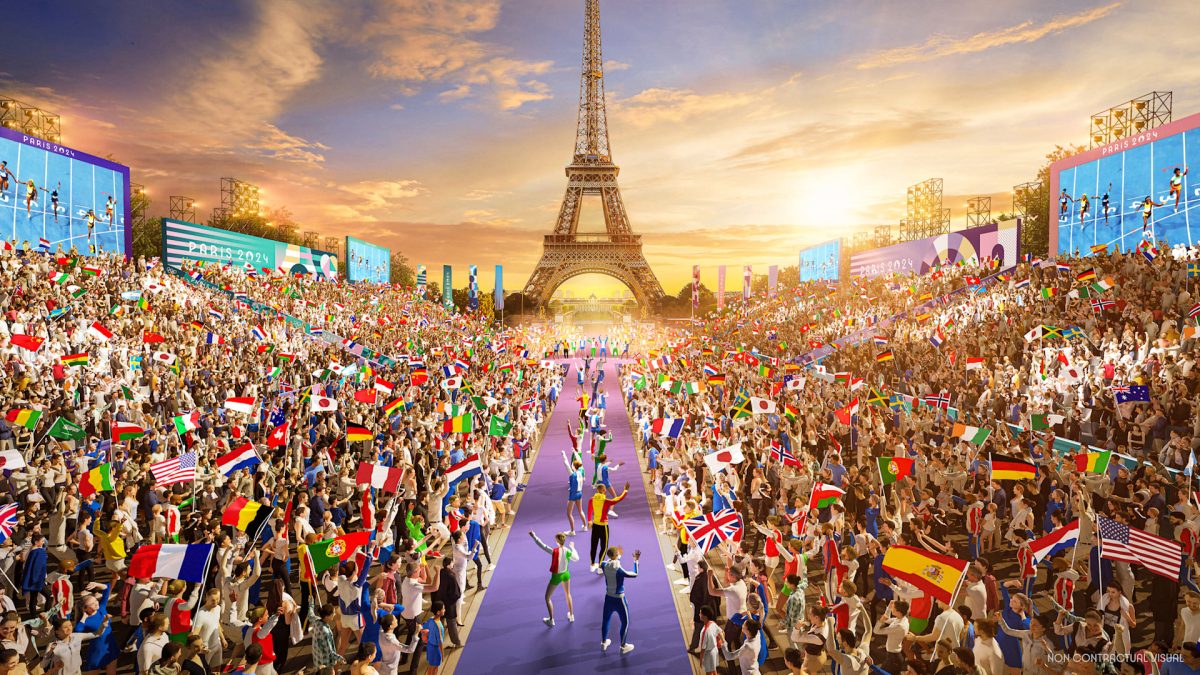Visiting artist Patrick Martinez educated Harvard-Westlake (HW), along with other schools, about his work and installation at the Arlene Schnitzer Gallery on Monday, Oct. 5 and Thursday, Oct. 8 during the activities periods.
Martinez shared his inspiration for his installation “Useful Information” and his general artistic process. Martinez also gave a tour of his installation that is exhibited in the Arlene Schnitzer Gallery located in Wang Hall that will be up until November 12th. This is the first time that he is showing his art in a high school setting. Due to COVID-19, both of these events were Zoom webinars which the whole school could watch.
These webinars included HW, the Waverly School and the Humanitas Academy of Art and Technology. Martinez gave the fourth annual lecture by an Arlene Schnitzer visiting artist. The mission of the Arlene Schnitzer Endowment that enabled Martinez’s webinar and installation is “celebrating all aspects of culture and history to be found in the greater Los Angeles,” visual arts teacher and department head Joe Medina said.
Martinez’s art installation is made up of his Pee Chee folder paintings and neon signs. Martinez uses the idea of Pee Chee folders, classic american folders that students used to store school papers, and remixes them with images of police brutality in order to challenge the hierarchical thinking around race and economic status.
Martinez started these paintings around 2005 and would recreate images from stills of news footage on the folders. Martinez references city signage with his neon signs, but replaces advertisements with warnings and messages regarding social justice issues.
The installation includes around five regular sized Pee Chee folder paintings and two mini ones. In each folder he features a person who has been a victim of police brutality. In addition to a portrait of the person, he includes scenes in the background. “There’s like six or seven scenes in here but in the small ones there’s about three to four scenes,” Martinez said during the first webinar.
He says that the goal of them is to memorialize and paint discounted people who were victims of police brutality into importance. “I’m making up color combinations that extend…the Pee Chee line of colors for the folders [that] are limited to yellow, green, red, and blue… so on top of that I created my own color combinations and called it like the Misprint Color Series,” Martinez said.
The majority of Martinez’s portraits of these victims on his Pee Chee folders are from pictures of these people in their graduation photos with their caps and gowns. He explained that the portraits are this way because for a lot of the people he paints into importance were victims of police brutality the summer after they graduated, and their graduation pictures were what their families submitted to news networks.
In his Pee Chee folder painting he features Jonathan Centella, Laquan McDonald, Oscar Graham, Paul O’Neill, Andres Varnero and others. Their stories are starkly similar. They were being brought up on a minor infraction and were violently shot and killed.
Instead of the normal scenes illustrated on Pee Chee folders, Martinez painted ones of realistic acts of police brutality and ones that conveyed the metaphorical impacts of police brutality. For example, on one of his pieces, he painted a baseball player pitching to a cop with a baton and a young woman playing basketball with a bulletproof vest on. Martinez’s goal behind these illustrations is to show the prevalence of law enforcement in young adults’ lives. Martinez recounted that families were grateful to him for recognizing their loved ones and would send him ballistics reports to try to clear their loved ones’ names.
Martinez’s neon signs reference Los Angeles city signage, advertisement of mom and pop businesses and the modern pop community aesthetic. He preserves the rectangular format of the signs and replaces the text. On one of his signs, he used the test from a letter to Angela Davis to James Baldwin. “If they come for me in the morning they will come for you in the night,” read the lettering.
Another one of his signs used a quote from Chief Joseph. “I am tired of talking that comes to nothing,” it says. Martinez voiced that this message resonated with him right now because he feels just like Chief Joseph that there is a lot of talk and no action.
“I imagine these pieces just being in storefronts in Los Angeles… like they’re kind of speaking to you; voices of the city, voices opinions of people and ideas of people,” Martinez said.
In addition to Martinez’s Pee Chee folder paintings, the installation includes a silkscreen print of the inside of a Pee Chee folder. “I took that format of the useful information and made it into a silkscreen print on paper. So I painted the yellow and then silkscreened the information of a multiplication table and then the ACLU rights and responsibilities for if you’re stopped for questioning by police. This is what I imagined high school kids using as useful information,” Martinez said.
Martinez is a Los Angeles native and has worked on a collection at The Los Angeles County Museum of Art. He has also been featured at the Smithsonian National Museum of African American Art and will be the subject of a solo show in 2021 at the Tucson Museum of Art. His upbringing in Los Angeles has made him familiar with Los Angeles landscapes. Martinez said that his pieces have an emphasis on change and evolution. Specifically, some of his other pieces have the theme of gentrification in Los Angeles.
He remarked during the first webinar that lots of his inspiration comes from the landscape he is in, which causes him to use non traditional landscapes in his pieces. Martinez also uses non traditional techniques to create art.
In one of his pieces, he painted on layers of stucco and painted with a roller. Then he proceeded to use a power washer to deteriorate some of the layers in order to create a worn out look. He also has made portraits on cakes.
“For me, that is telling me that you don’t need to have all of these fancy brushes and fancy paints to make a piece that is going to be powerful.” Medina said. “You can pull from things that are accessible to you where you are at in the world to create something. I just feel that in the art world and with artists in general even in writing there is always this specific type of language if not visual language and if you don’t use that then it isn’t legit… What he is saying is that it is absolutely legit because I am still using certain techniques. I just changed the equipment that I have available at my access to create these things. That is a very very powerful thing.”
Martinez started his journey in art spray painting in Los Angeles, Pasadena and the San Gabriel Valley. “I picked up a spray paint can before I picked up any type of paint brush to paint on canvas,” Martinez said.
During the first webinar, Martinez reflected on his childhood and discussed the effects that it has on his work. Growing up in the 1980’s, he watched a lot of D.A.R.E. programs like Just Say No. In the 1980s when he was an early teen, it was normal for police and firemen to go to his middle school campus. Martinez remembered that after the Rodney King beating uprising occurred in 1992, he noticed that police became more and more aggressive with teenagers. These life experiences caused him to become interested in police brutality and later on create the Pee Chee folder painting.
Martinez’s visit and installation prompted the visual arts department to create pr
ojects inspired by him for students. “We try to develop a lesson plan so that students get more of an idea of who the person is and also how that idea that they work with can inspire other ideas that are not just about this one element of social justice or let’s say this one element of drawing,” Medina said.
The HW Intro to Graphic Design classes have started a project that entails creating stickers using Adobe’s Photoshop and Illustrator that have an underlying message just like Martinez’s folders and neon signs do. The Intro to Photographics and ninth grade Intro to Digital Photo classes had a project where they transformed an article of clothing with patches to convey things that they are passionate about. “When they are wearing it they are literally wearing their voice and showing it to the public so that was the idea behind the whole thing but it was inspired by Patrick,” Medina said.
Martinez’s webinars have impacted students in positive ways. “Everyone looks at art in different ways, after watching the webinar I am starting to find the deeper meaning while looking at art and making it myself,” Eva Vaca ‘24 said.
Details about how to view Mr. Martinez’s installation are still in the works because of the current circumstances, but recordings of both webinars are available on HW’s Vimeo.
